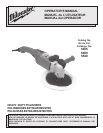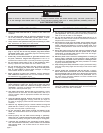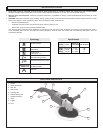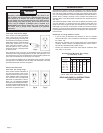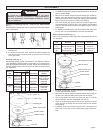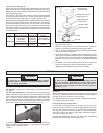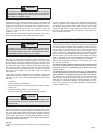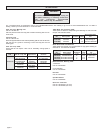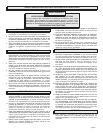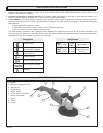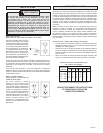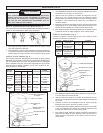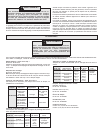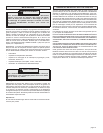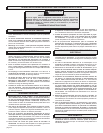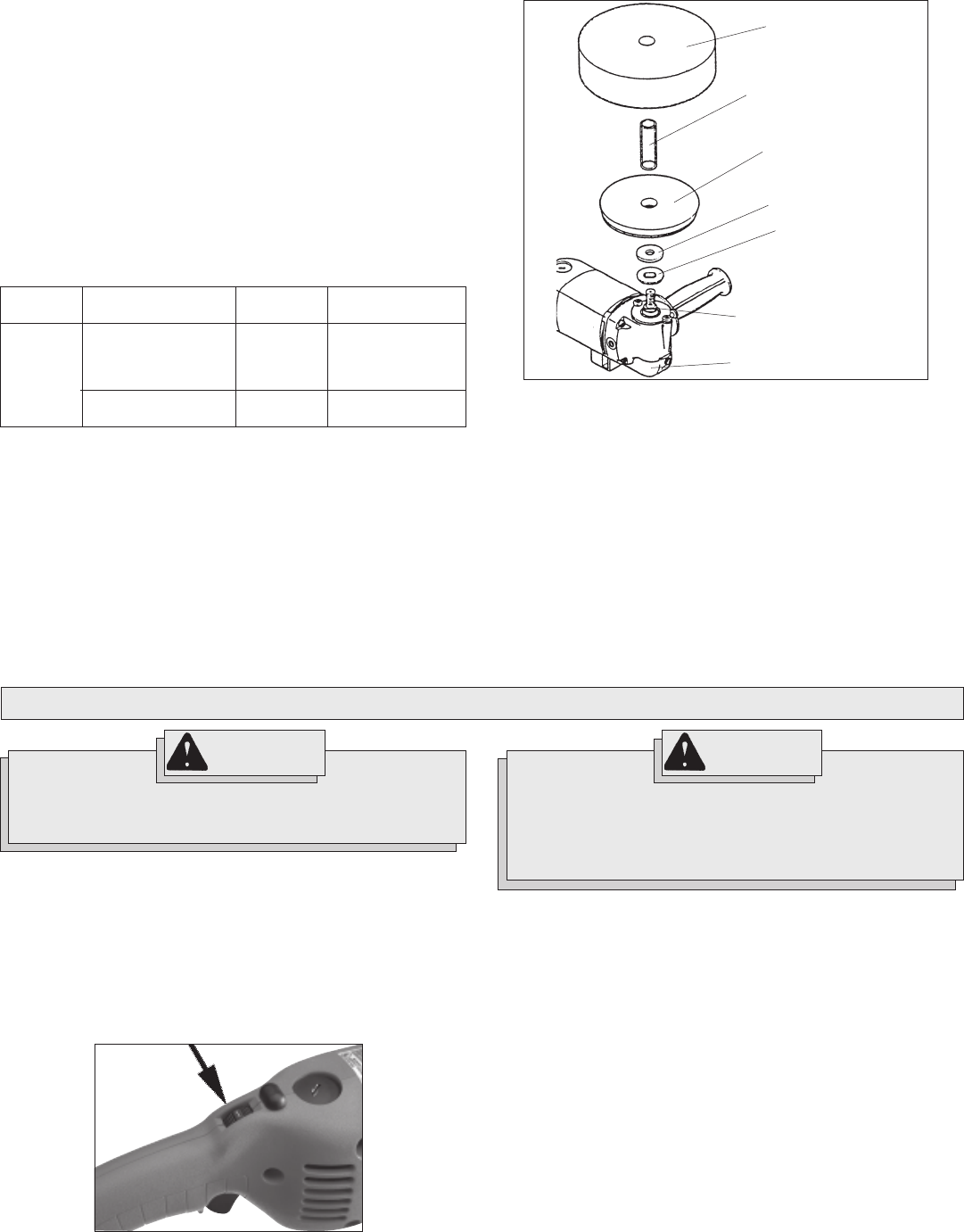
page 6
OPERATION
Hook and Loop Pads (Fig. 4)
Hook & loop pads are available in both wool/polyester and foam. Foam
pads should be used on slower/low speed dial settings when using
polisher Cat. Nos. 5540 and 5460. Foam pads are not recommended for
the inexperienced operator.
Foam pad Cat. No. 49-36-1550 is ideal for use with clearcoat finishes
and micro-fine rubbing compounds. It will remove light surface scratches,
environmental pollutants, wet-sanding scratches and hazy paint.
Foam pad Cat. No. 49-36-0650 is ideal for glazing and finishing on clearcoat
finishes. It will remove buffing swirls, hard water spots, carwash brush
swirls and mild hazing. A centering tool, Cat. No. 49-67-0130, is supplied
with hook and loop backing pads, Cat. No. 49-36-2150, to properly align
the backing pad with the polishing pad, providing the proper balance for
your polisher. Refer to the chart below to select the right hook & loop pad
for your application.
1. To install hook and loop pads, unplug the tool and place it on tool
rest with spindle upright.
2. Make sure washer flange and spindle washer are installed on
spindle. Then slide hook and loop backing pad onto spindle.
3. Push in the spindle lock button and spin the backing pad clockwise
until it is securely hand-tightened.
4. Insert the centering tool (supplied with the backing pad) into the
center hole in the hook and loop backing pad. Push desired hook and
loop polishing pad over the centering tool so that the polishing pad
fastens to the hook and loop backing pad. Remove centering
tool.
5. To remove, "peel" off the polishing pad. Push in the spindle lock
button and rotate backing pad counterclockwise to remove.
NOTE: Use side handles for better control and safety.
To control the speed, set the dial to the desired number. Then pull the
trigger. Increase or decrease pressure on the trigger to vary the speed.
To stop the tool, release the trigger.
WARNING!
To reduce the risk of injury, keep the cord set away from the
path of the polisher. Otherwise the cord set may become
caught by the pad and wrap around the spindle; this may cut
through the cord and expose live wires or make the gear box
electrically "live."
Polishing
Always use side handle for proper control. Move the polisher back and
forth in long, sweeping strokes. Too much pressure, the wrong angle or
improper motion may cause swirl marks or burning.
For detailed polishing instructions, read the instructions provided with
your finishes, waxes and polishes.
Preventing Burning Through Paint
It is easy to burn through the paint on a surface. This can occur if you
polish at too high a speed or if you allow the polishing pad to stay in one
spot for even a short period of time. To prevent burning through paint,
use very light pressure and keep the polisher moving constantly, espe-
cially when working near edges or where there are abrupt changes in
the contour of the work surface.
Be particularly careful when using Cat. No. 5540, which are high RPM
polishers and are more likely to burn through paint.
Fig. 4
Centering tool (remove
before using tool)
Foam pad with
hook and loop
Backing pad with
hook and loop
Spindle washer
Washer flange
Spindle
Tool rest
Backing
Pad
49-36-2150
Hook & Loop Pad
49-36-1500
100% Wool Pad
49-36-0600
Wool Blend Pad
49-36-1550 Foam Pad
49-36-0650 Foam Pad
Application
Compounding
High Gloss
Finishing
Compounding
High Gloss
Finishing
Recommended
Surface
Paints, clearcoats
and fiberglass
Paints or clearcoats
Clearcoat
Clearcoat
Fig. 5
Starting, Stopping and Controlling Speed (Fig. 5)
Cat. No. 5455: To start the tool, pull the trigger. To stop the tool, release
the trigger.
Cat. Nos. 5540 & 5460 feature a dial speed control, which controls the
polisher's maximum rotations per minute. The speed will remain variable
to the chosen dial setting by use of the trigger switch. Dial settings range
from 1 through 5. Lower numbers correspond to lower speeds and
higher numbers correspond to higher speeds. Generally, lower speeds
are recommended for tight work areas and higher speeds are ideal for
large surface areas. Use the setting that best suits your job.
WARNING!
To reduce the risk of injury, wear safety goggles or glasses
with side shields. Unplug the tool before changing accesso-
ries or making adjustments.



